1. Collaboration
1.1. Various Environments
1.1.1. School
1.1.2. Work
1.1.3. Home
1.1.4. Internet
1.1.4.1. Authenticity and Access
1.1.4.2. Social Networks
1.1.4.2.1. Blogs
1.1.4.2.2. Facebook
1.1.4.2.3. Twitter
1.1.4.2.4. Online News
1.1.4.3. Websites
1.1.4.4. Virtual Worlds
1.1.4.5. Search Engines
2. Dynamic
3. Learning
3.1. Functional/Operational
3.1.1. "How To"
3.1.1.1. Commitment
3.1.1.2. Human Potential
3.1.1.3. Intellectual Placement
3.2. Cultural
3.2.1. Purpose
3.2.1.1. Collaborative Problem Solving
3.2.1.2. Multidisciplinary Tool Creation
3.3. Critical
3.3.1. Evaluation
3.3.1.1. Collaborative Problem Solving
3.3.1.2. Multidisciplinary Tool Creation
3.3.1.3. Cognitive Developments
3.3.2. Active Citizenship
3.3.2.1. Knowledge
3.3.2.1.1. Institutional Practices
3.3.2.1.2. Political Practices
3.3.2.1.3. Moral Practices
3.3.2.1.4. Cultural Practices
3.3.2.1.5. Print and Media Ads
3.4. Multiple Modes
3.4.1. Text
3.4.2. Image
3.4.3. Sound
3.4.4. Video
3.4.5. Internet
3.4.5.1. Free Open Source or Software Tools
3.5. Mindsets
3.5.1. New Comers
3.5.2. Insiders
3.6. Transliterate
4. Participatory Cultures
4.1. Types
4.1.1. Affiliations
4.1.2. Expressions
4.1.3. Collaborative Problem-solving
4.1.4. Circulations
4.2. Skills
4.2.1. Play
4.2.2. Performance
4.2.3. Simulation
4.2.4. Appropriation
4.2.5. Multitasking
4.2.6. Distributed Cognition
4.2.7. Negotiation
4.2.8. Networking
4.2.9. Transmedia Navigation
4.2.10. Judgement
4.2.11. Collective Intelligence
